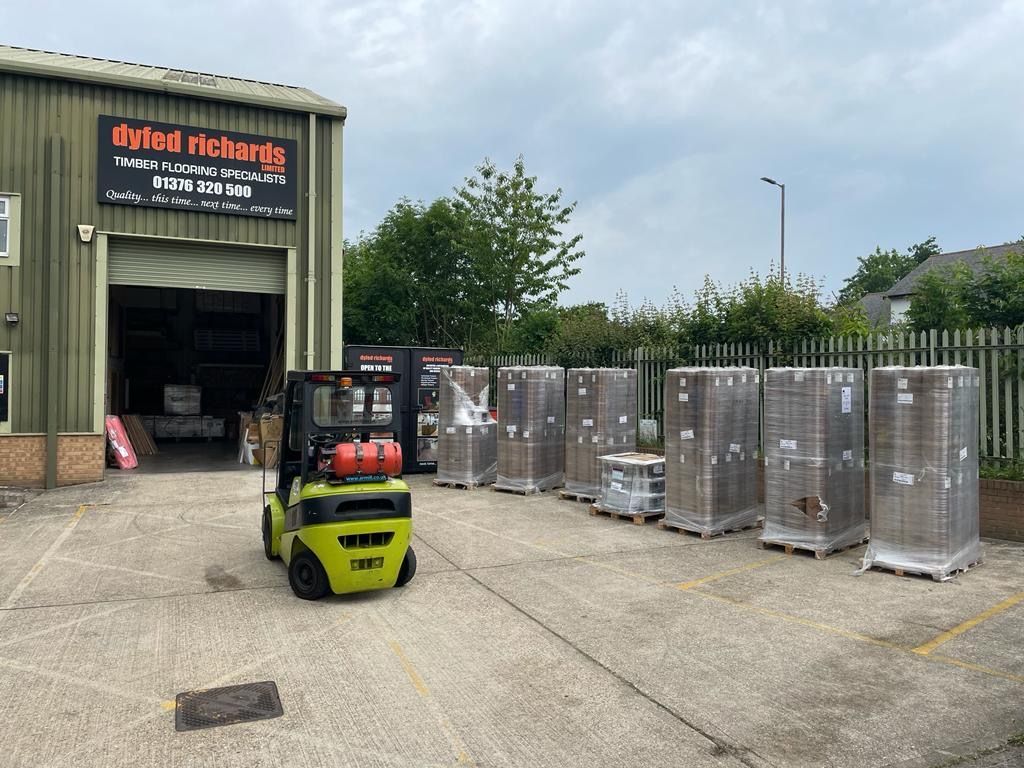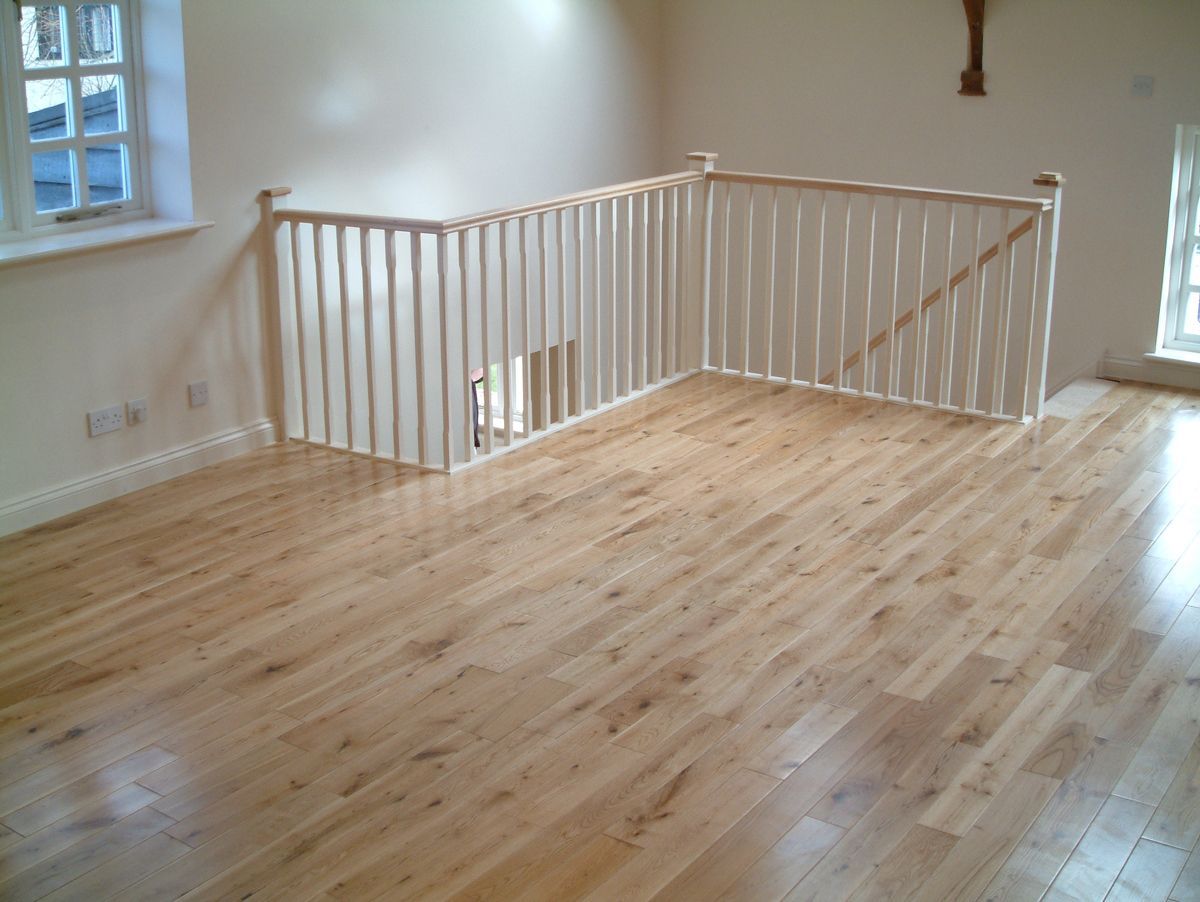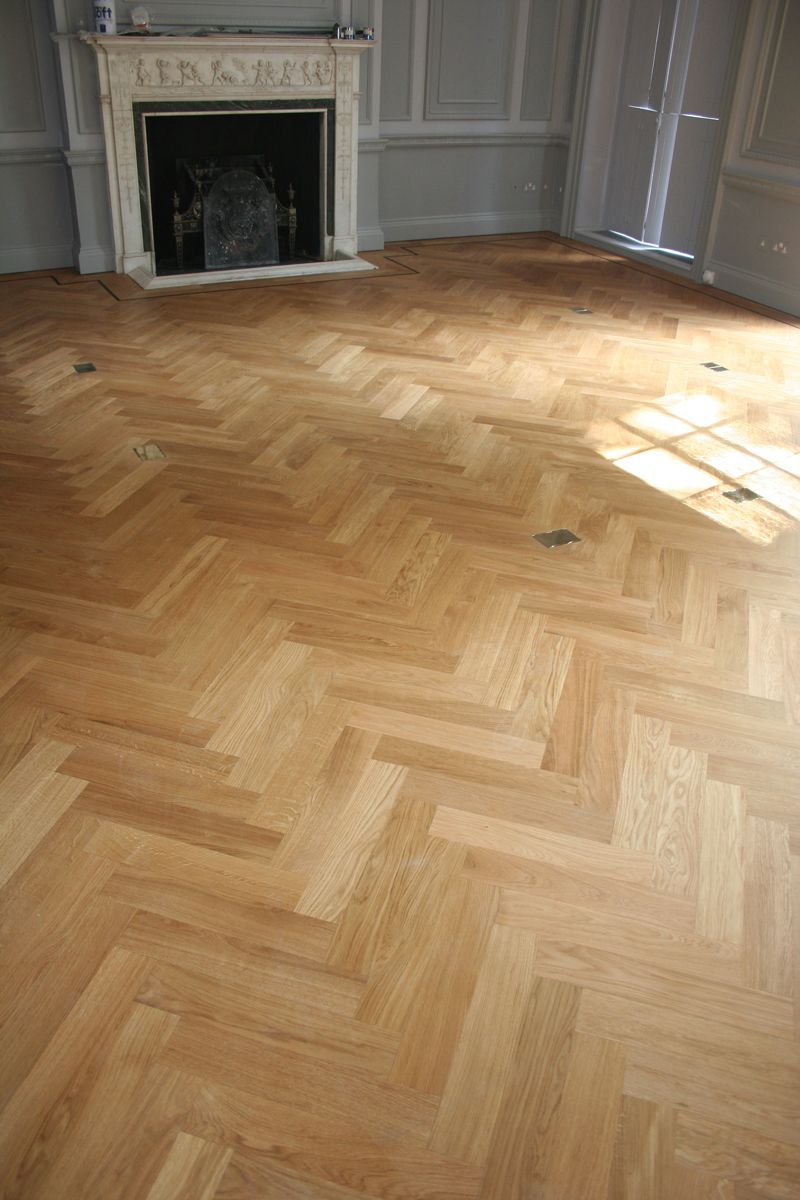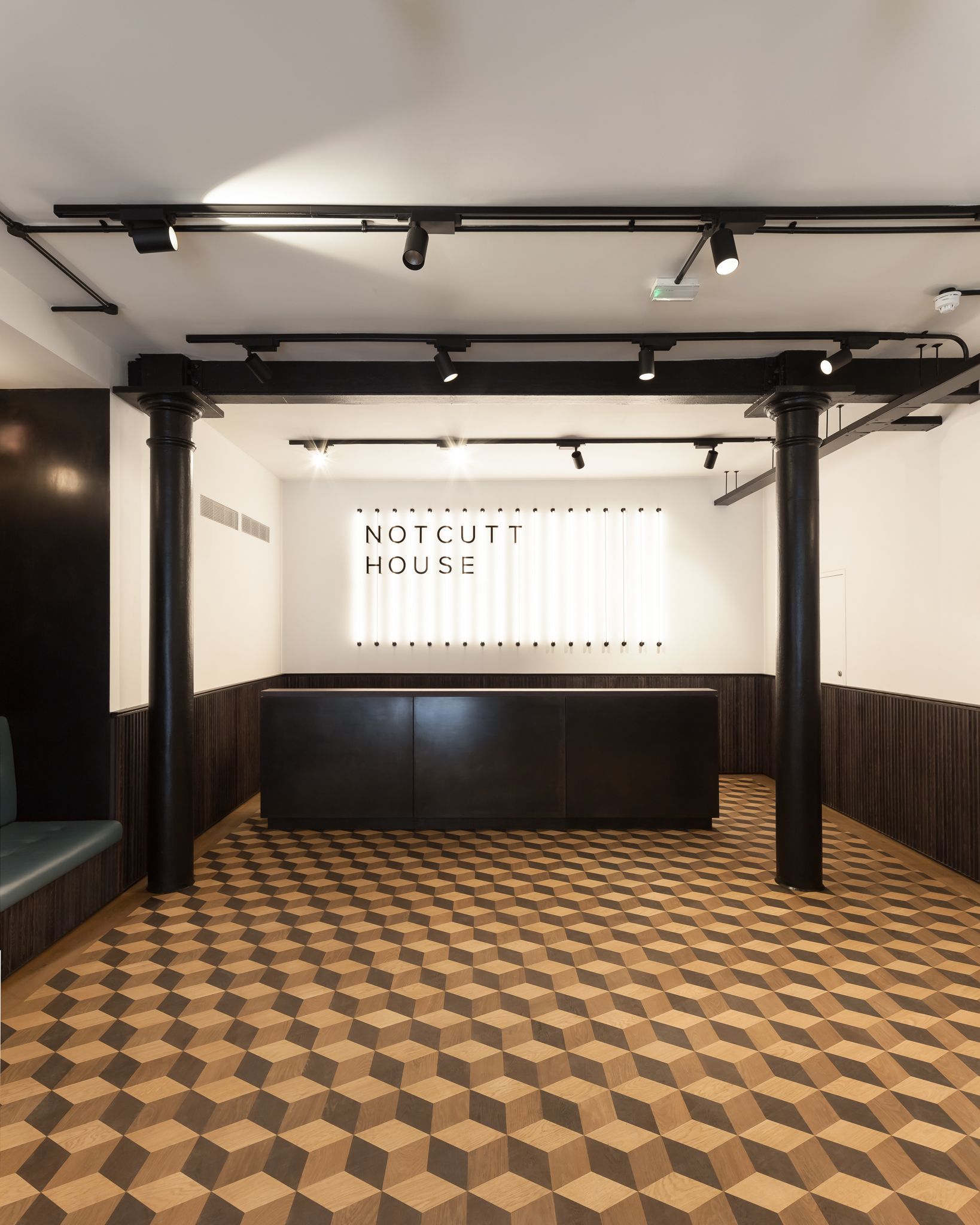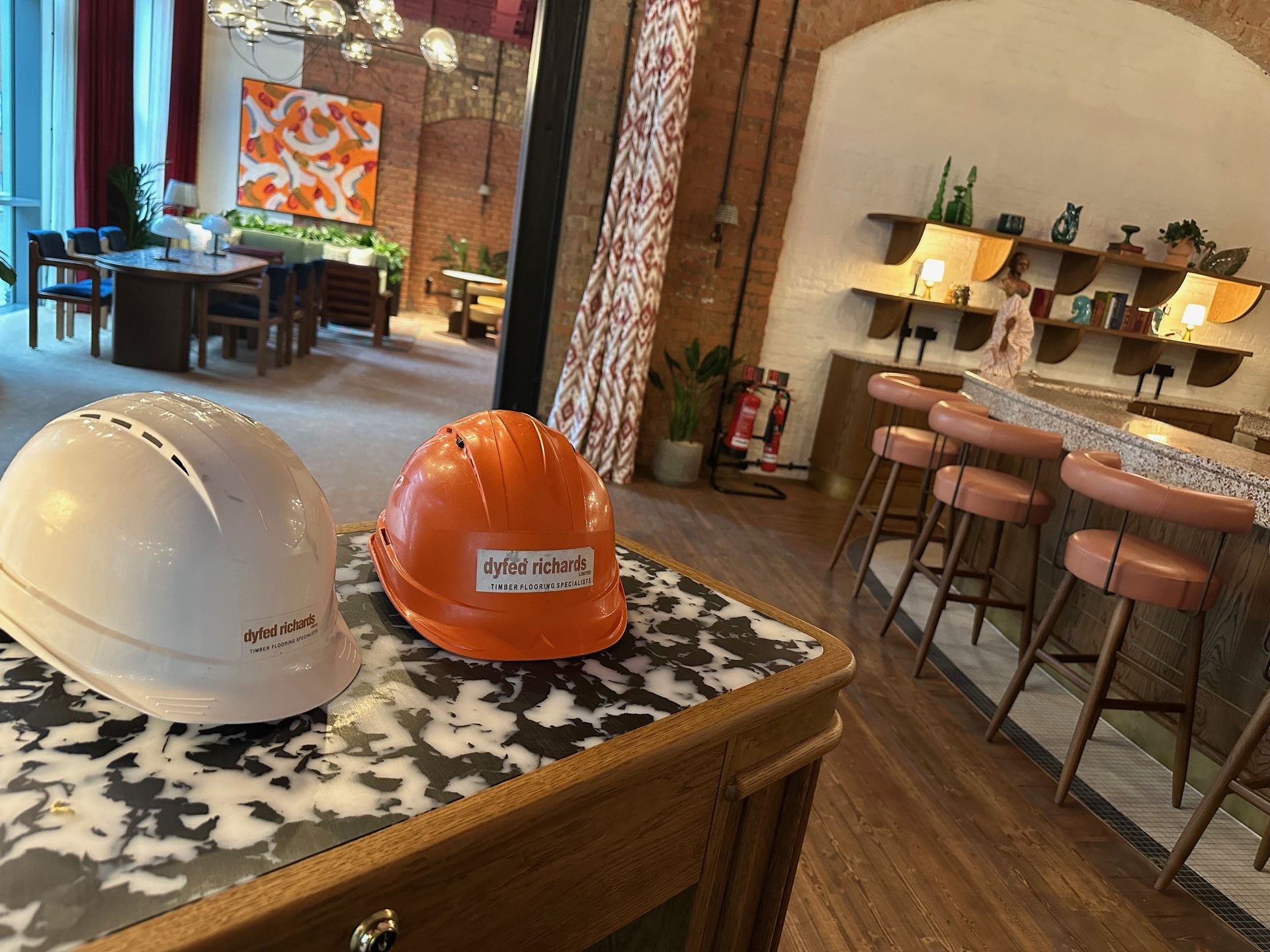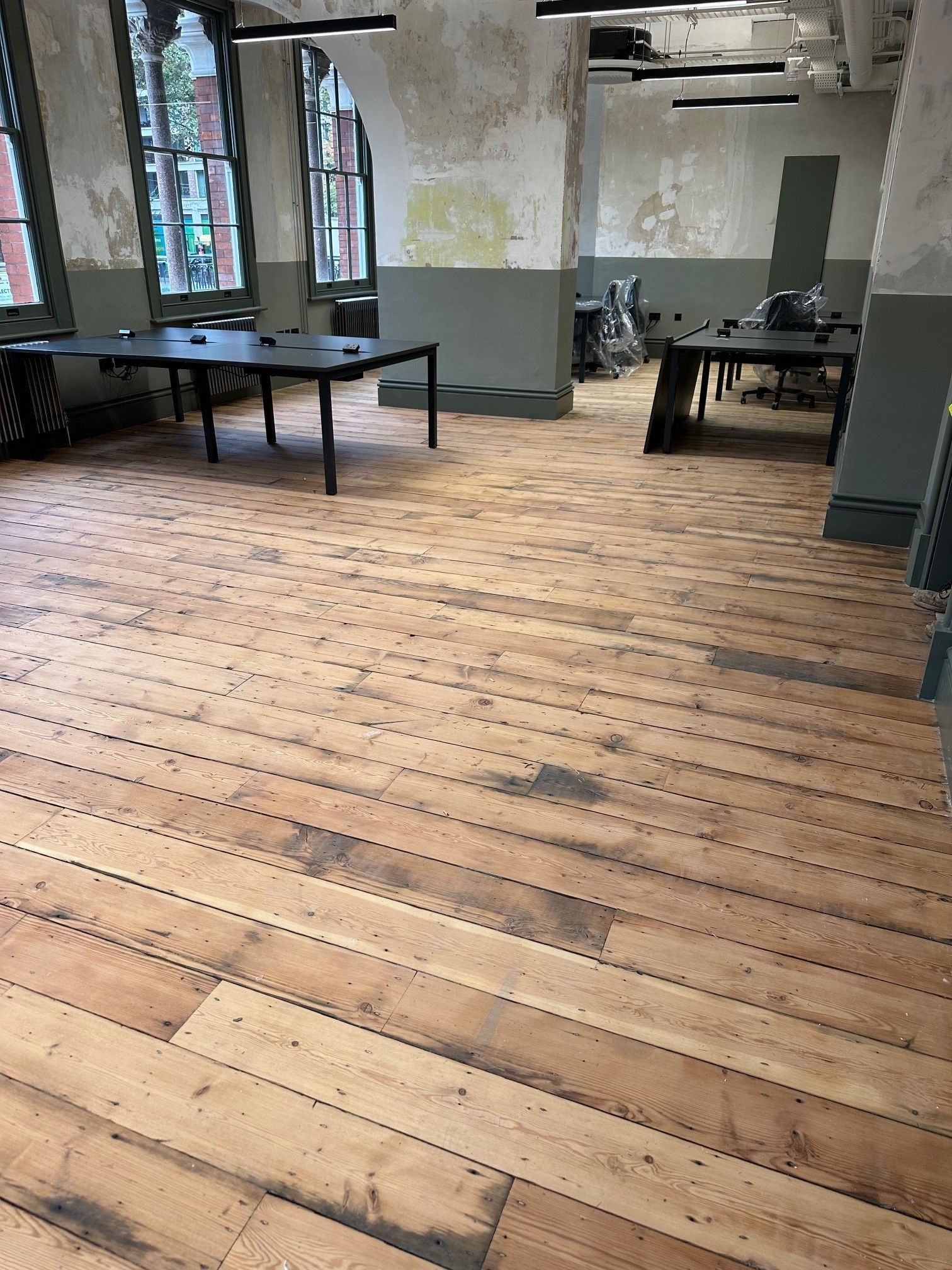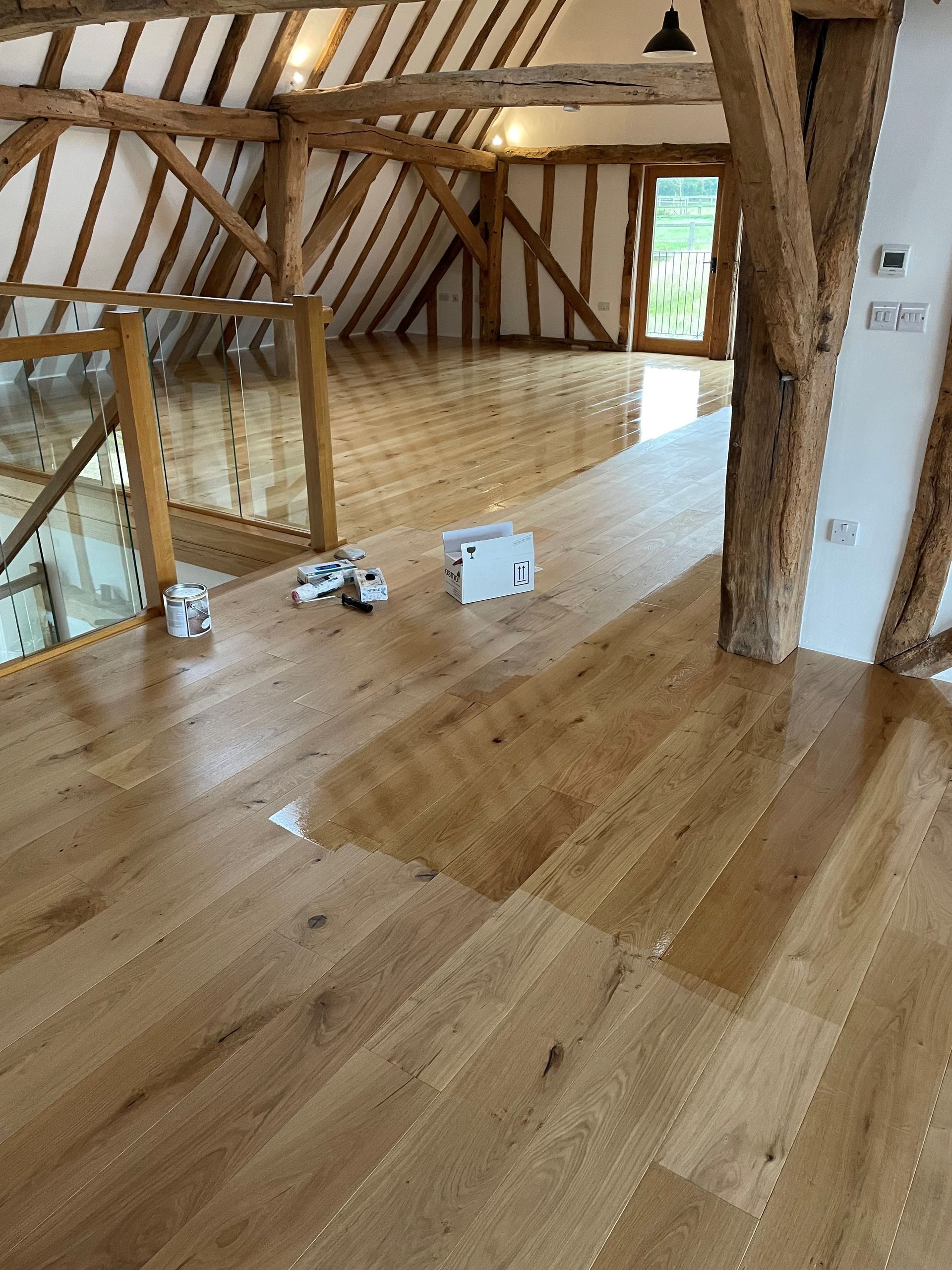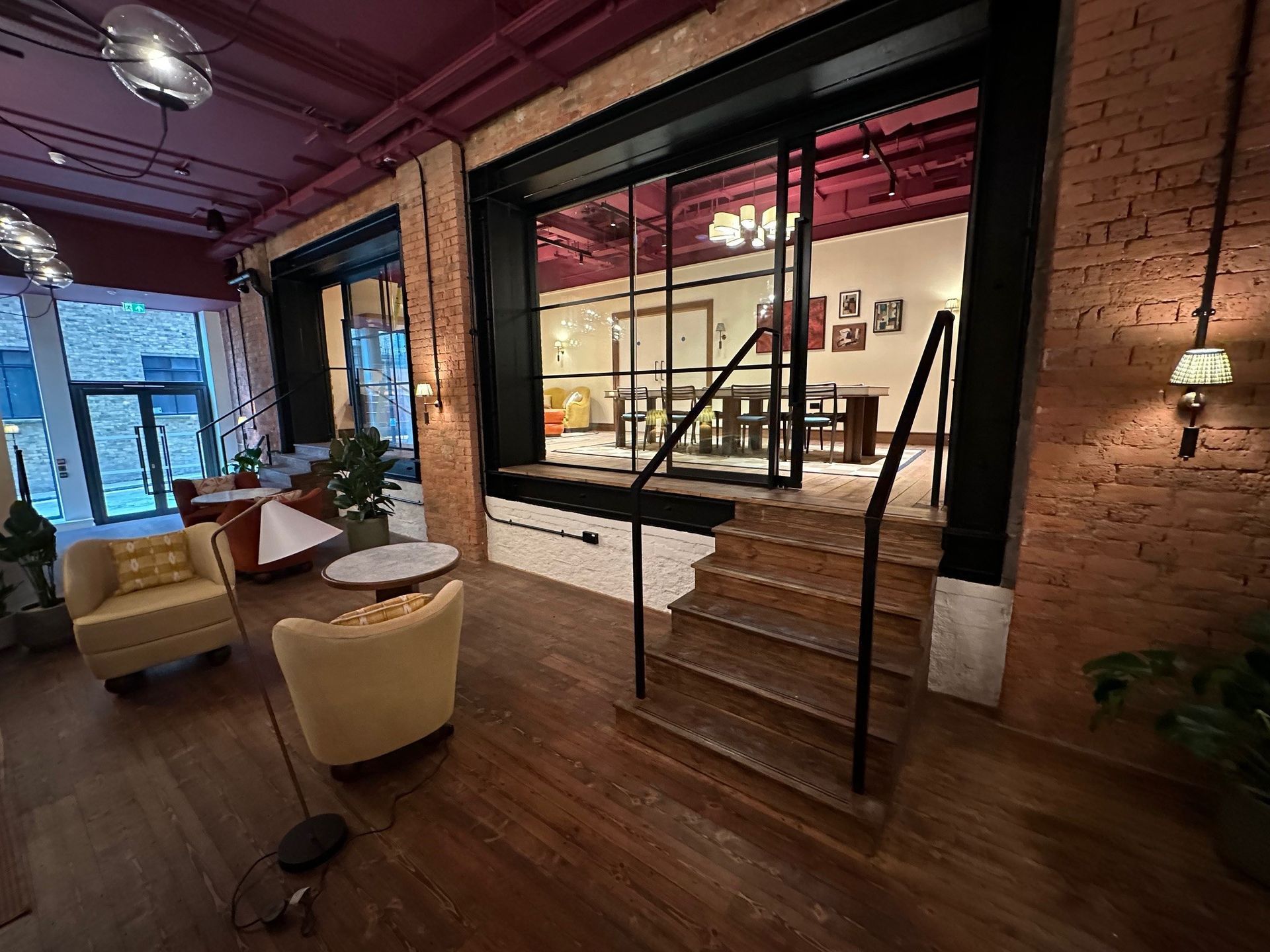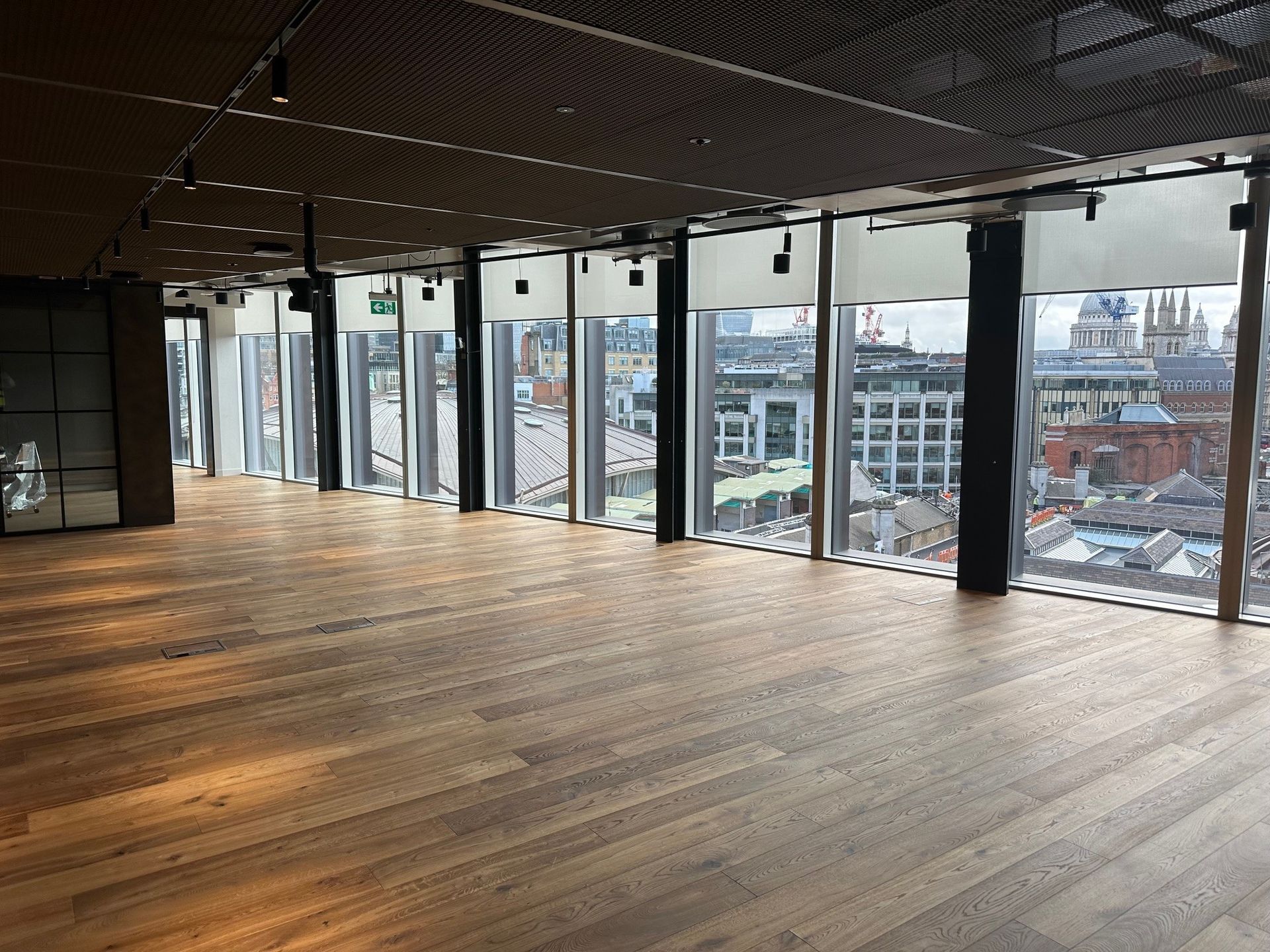Choosing the Right Wood for Your Staircase
Understand which wood types offer the best durability, style and performance for staircases
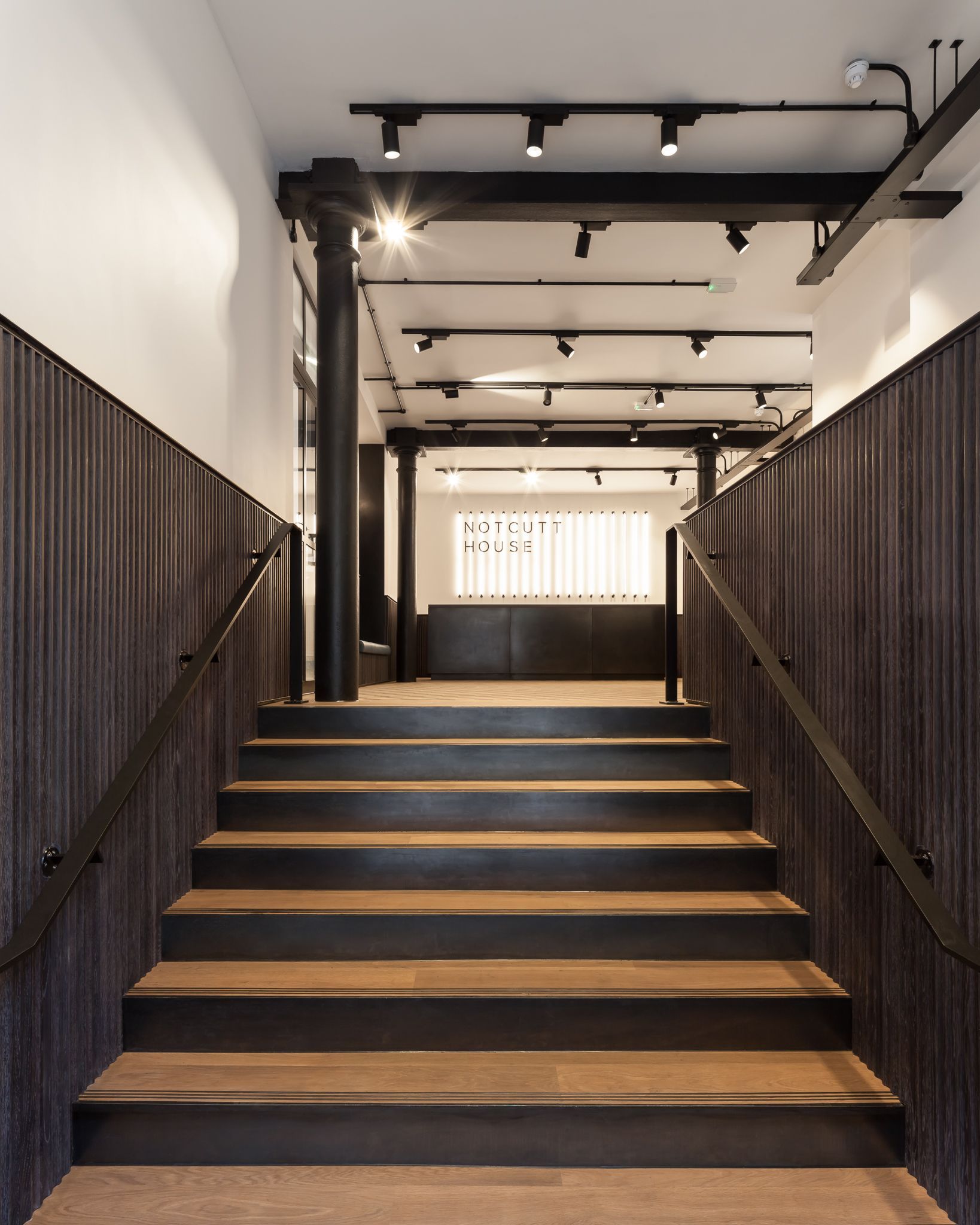
A well designed staircase is more than a practical feature. It is often a focal point within a property, connecting spaces while adding architectural interest. Choosing the right wood for your staircase is an essential part of ensuring both visual impact and structural integrity.
From classic hardwoods to modern engineered options, each timber type offers different characteristics. Whether you are planning a full staircase installation or a simple upgrade to your treads or balustrades, selecting the most suitable wood is key to achieving a high quality and long lasting result.
Why Your Wood Choice Matters
Staircases must withstand constant foot traffic and remain structurally sound over time. The wood you choose will affect not only the appearance but also the performance and durability of the staircase.
Key factors to consider include:
- Strength and longevity
- Appearance and grain pattern
- Compatibility with finishes and stains
- Suitability for interior or exterior use
Understanding the properties of different wood types will help you make an informed choice that matches both the practical needs and design style of your project.
Popular Types of Wood for Staircases
Oak
Oak remains one of the most popular choices for staircases thanks to its strength, durability and classic appearance. It has a prominent grain pattern and works well with a range of finishes.
There are two main types: European oak and red oak. European oak is often preferred for its subtle tones and slightly straighter grain. It is ideal for both traditional and modern interiors.
Ash
Ash is a strong hardwood with a light tone and attractive grain. It has a clean look that suits contemporary interiors and is often chosen when a slightly softer appearance is desired. It takes stain and polish well and offers good resistance to wear.
Pine
Pine is a more economical softwood option. While not as hard wearing as oak or ash, it can still be a good choice for domestic staircases in lower traffic areas. Pine has a knotty grain and a warmer colour tone that can be enhanced with stains or clear finishes.
Walnut
Walnut is a premium hardwood with a rich dark tone and distinctive grain. It is used in staircases where a luxurious and dramatic aesthetic is preferred. Though softer than oak, it is still durable enough for internal stairs when cared for properly.
Beech
Beech is a pale hardwood with a smooth grain and uniform appearance. It is easy to work with and provides a neat, modern finish. Beech is less porous than other timbers which makes it good for smooth staining and lacquering.
Matching Style with Function
When selecting wood for your staircase, consider the setting and how the staircase connects to the rest of the space. A grand curved staircase in an open hallway may benefit from darker woods like walnut or stained oak to create a statement. In contrast, lighter timbers like ash or beech work well in minimalist or Scandinavian inspired interiors.
It is also important to think about safety and comfort. Harder woods tend to resist dents and scratches more effectively, which is beneficial in high traffic commercial or family homes. For properties with pets or children, choose a finish that includes a non slip coating to enhance safety.
Solid Timber or Engineered Wood?
Both solid wood and engineered wood can be used for staircases, depending on the desired finish and construction method.
- Solid timber offers authenticity and long term value. It can be sanded and refinished multiple times and is often used for stair treads and handrails.
- Engineered wood is more stable in changing climates and is often used for stair cladding. It has a hardwood top layer bonded to a supportive core and is available in a wide range of finishes.
Engineered options are particularly useful where humidity or temperature changes are a concern as they are less prone to warping.
Environmental Considerations
Sustainability is becoming an important factor in construction and design. Always look for wood that is responsibly sourced. Certification schemes such as FSC or PEFC ensure the timber comes from well managed forests.
Reclaimed wood is another eco friendly option. It adds character to a space and supports circular use of natural materials.
Final Thoughts
Choosing the right wood for your staircase involves balancing practicality with design goals. Each timber offers a unique combination of strength, texture and aesthetic appeal. Whether you are building a feature staircase or replacing components in an existing one, selecting a suitable wood will ensure both style and structure are maintained for years to come.

